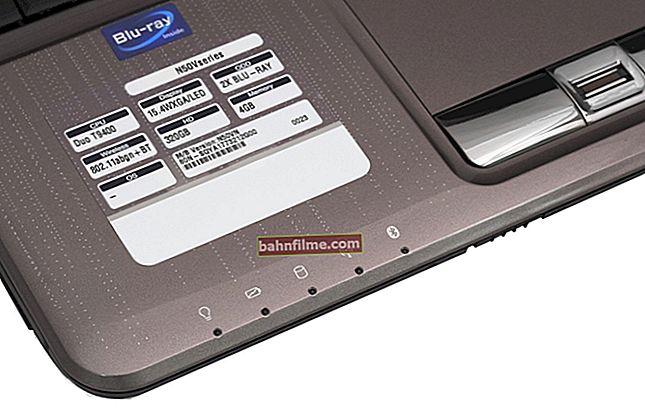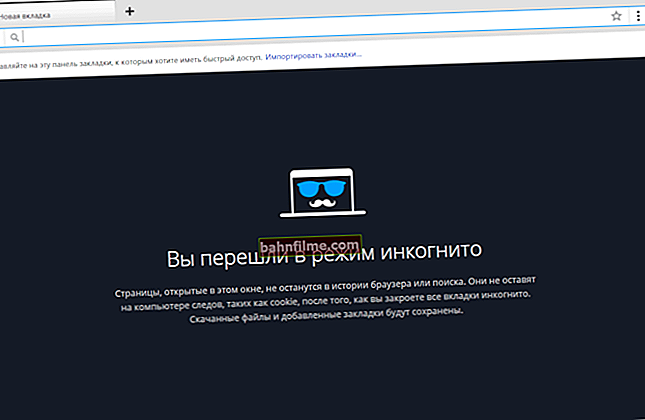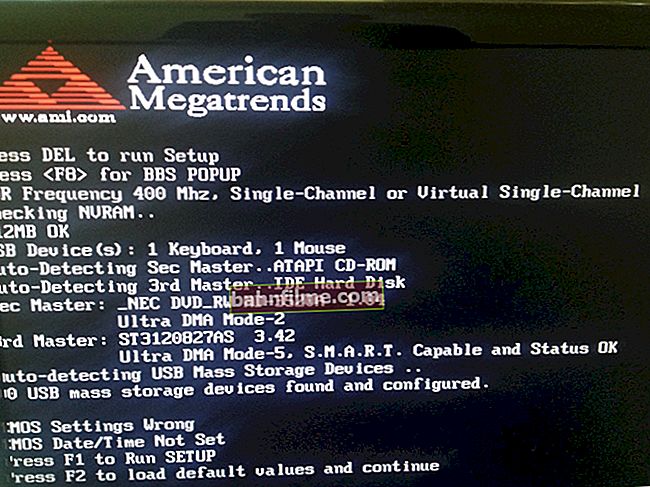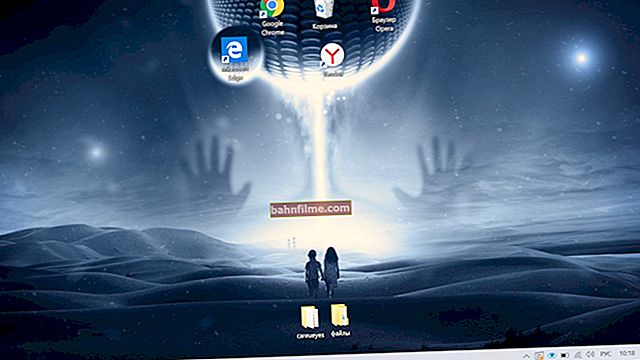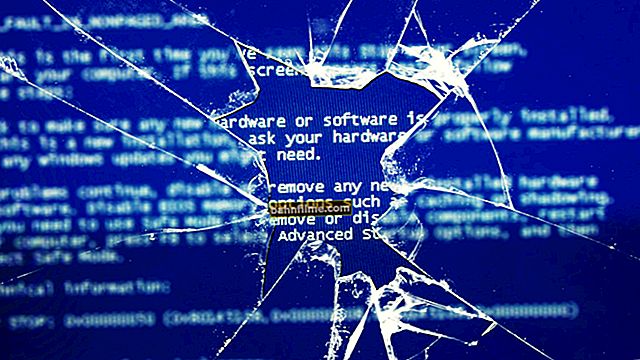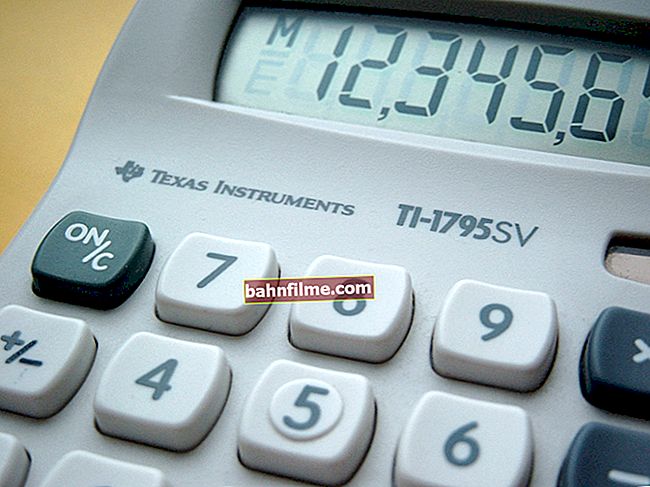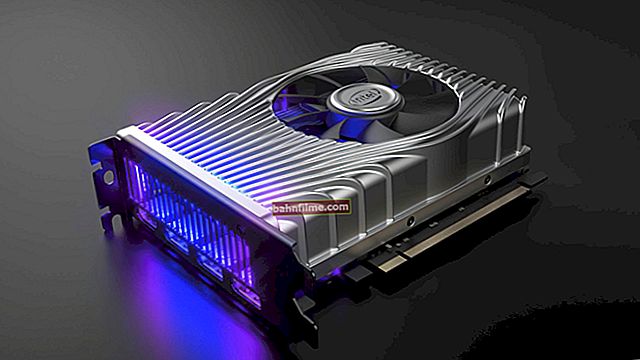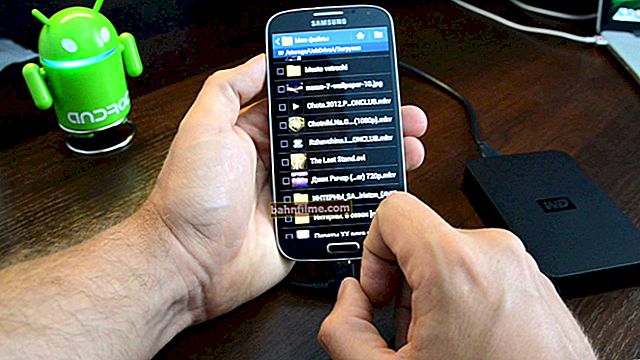 Hello.
Hello.
In case of problems with the hard disk, virus infection, or Windows OS crash, it is highly desirable to have an emergency flash drive at hand, from which you can boot and put things in order. In my opinion, such a solution can be a USB flash drive with Windows 10 installed on it - a kind of Live-USB (not ideal option, but it is very simple and convenient for novice users) ...
In this article, I wanted to suggest one of the ways to create such a flash drive. I note that it will allow you to boot even on those computers / laptops - to which the hard drive is not connected at all (which can also play a good service when assembling and configuring a PC).
And so, I'll move on to the topic ...
Important!
- the flash drive and your USB-port must support USB 3.0 (you can use USB 2.0 too - but the waiting time will "annoy" you);
- the volume of the flash drive used - at least 16 GB (32 GB is better, because in some cases an error may occur during installation);
- boot only under UEFI * is supported;
- instead of a flash drive, you can take a small external hard drive: and the speed of work will be higher, and you can make backups from the main HDD to such a drive (2 in 1).
*
Installing Windows 10 on a USB flash drive
STEP 1: preparing the flash drive and ISO image
1) About the flash drive
Copy all the necessary data from it to other media (in the process of writing OS files - all data from it will be deleted).
I would also recommend formatting it to the FAT32 file system (for this go to "This computer" , click on the flash drive with the right mouse button and select from the menu "Format" , see example below).
To help!How to format a USB flash drive (FAT32, exFAT, NTFS) - //ocomp.info/kak-otformatirovat-fleshku.html

This computer - format your flash drive
2) About the ISO image
It is highly advisable to use a "clean" ISO image with Windows 10: i.e. do without any "20-in-1" fees. In my opinion, the best solution would be to download the ISO file from the Microsoft website. To make it very simple now - just download a tool (utility) from Microsoft, run it, and select ISO download from the menu (see the example below on the screenshot).
To help! How to download an ISO with Windows 10 from the official Microsoft website: //ocomp.info/kak-skachat-win10-legalno.html

Tool from Microsoft - Download ISO file
STEP 2: Burn ISO from Windows to USB Flash Drive
In order to "correctly" write ISO to a USB flash drive, you need a special program. One of the simplest and most effective (for the current task) is Dism ++ (link to the software portal).
In my article below, I will use it exactly.
After starting Dism ++ - go to the section "Additionally" and select the function "Recovery" .

Recover OS from ISO image (Dism ++)
Then set the following parameters (see the screen below, I marked them with numbers):
- specify the ISO file that we prepared in the previous step;
- specify the letter of the flash drive (on which you plan to install the OS);
- check the boxes next to the items: "Windows ToGo", "Add Boot Loader", "Format";
- click OK.

Settings in Dism ++ before writing an image to a USB flash drive
Next, the process of copying the installation files to the USB flash drive will begin. I note that it lasts quite a long time: in my case it took about an hour (and this is when connected to USB 3.0).

Image recording process
If the files were copied successfully - at the end of the operation you should see the message "Image recovery was successful." ... See example below.

Image capture completed successfully
STEP 3: first * boot from the resulting flash drive (setup)
After the ISO image has been extracted in a special way to a USB flash drive, you need to install * Windows OS (i.e. boot from this USB flash drive and give the OS time to prepare and configure the system).
To boot from a USB flash drive, you need to configure the BIOS accordingly, but in my opinion, it is still best to use the boot menu. In my case, in the boot menu, the flash drive was called as "InnostorInnostor 1.00" (see photo below).
To help! To enter the boot menu - press spec. key (most often F8, Esc) immediately after turning on your device. A table with keys for different manufacturers is given here: //ocomp.info/goryachie-klavishi-dlya-vh-bios-boot-menu.html

Boot device selection
Then you will see the "familiar" messages from Windows: exactly the same as during a normal OS installation (for example, "devices are being prepared ...").

Preparing devices
I note that during the installation of Windows 10 on a USB flash drive, the computer may reboot 1-2 times. Each time you boot the computer exactly from "our" flash drive (note: just after rebooting - the computer can boot Windows from the hard drive, and, of course, the installation will not continue).

Wait...
During the installation process, Windows will prompt you to configure the network, set security settings, enter the administrator login and password, etc. I omitted all these windows as not informative.
Advice: Do not set any network parameters during installation. There is a possibility that Windows, having gained access to the Internet, will start downloading updates and the process can take a long time!

Who will use this computer
In general, at the end of the installation, you will see the usual familiar desktop (see photo below). Now the flash drive is ready and you can start using it ...

Installation of OS on a USB flash drive is complete
STEP 4: using a USB stick
As noted above, a flash drive prepared in this way will work on modern computers and laptops (under UEFI). I note that it is highly advisable to connect it to USB 3.0 ports - otherwise there is a risk that you will simply get tired of waiting for the download (after using the SSD, waiting 3-5 minutes for the PC to turn on is horrible 😡).

Booting the OS from a USB flash drive
I will add one more thing: immediately after loading Windows 10 - 2-3 minutes (in my case), it was not responsive to the crane, and the disk load reached 100%. Therefore, the total time to boot the OS from a USB flash drive is at least 5-6 minutes! Only after such a period of time can you begin to use it relatively comfortably.
Photo of the conductor (this computer) , after booting from a similar flash drive, is shown in the screenshot below.

This computer / Clickable
Otherwise, there are no special complaints: a flash drive allows you to quickly copy the necessary information from the hard disk (if the main OS is covered), open and view documents, use a browser, network, etc. In general, the basic set for an emergency is definitely there ...
*
That's all for now. Good luck!
👋
